How to work with knees in yoga
1When a student comes to you complaining of knee pain, the first thing you need to do is assess tracking. Tracking is a relative position between the hip joints, knee joints and ankles and is the result of both musculoskeletal conditions and movement patterns. Tracking is the most informative visual cue that we can use in working with knees, as knees usually end up on the receiving end of what’s going on above them (hips) and below them (ankles and feet).
Here are some general ideas on how we can work with knees in yoga:
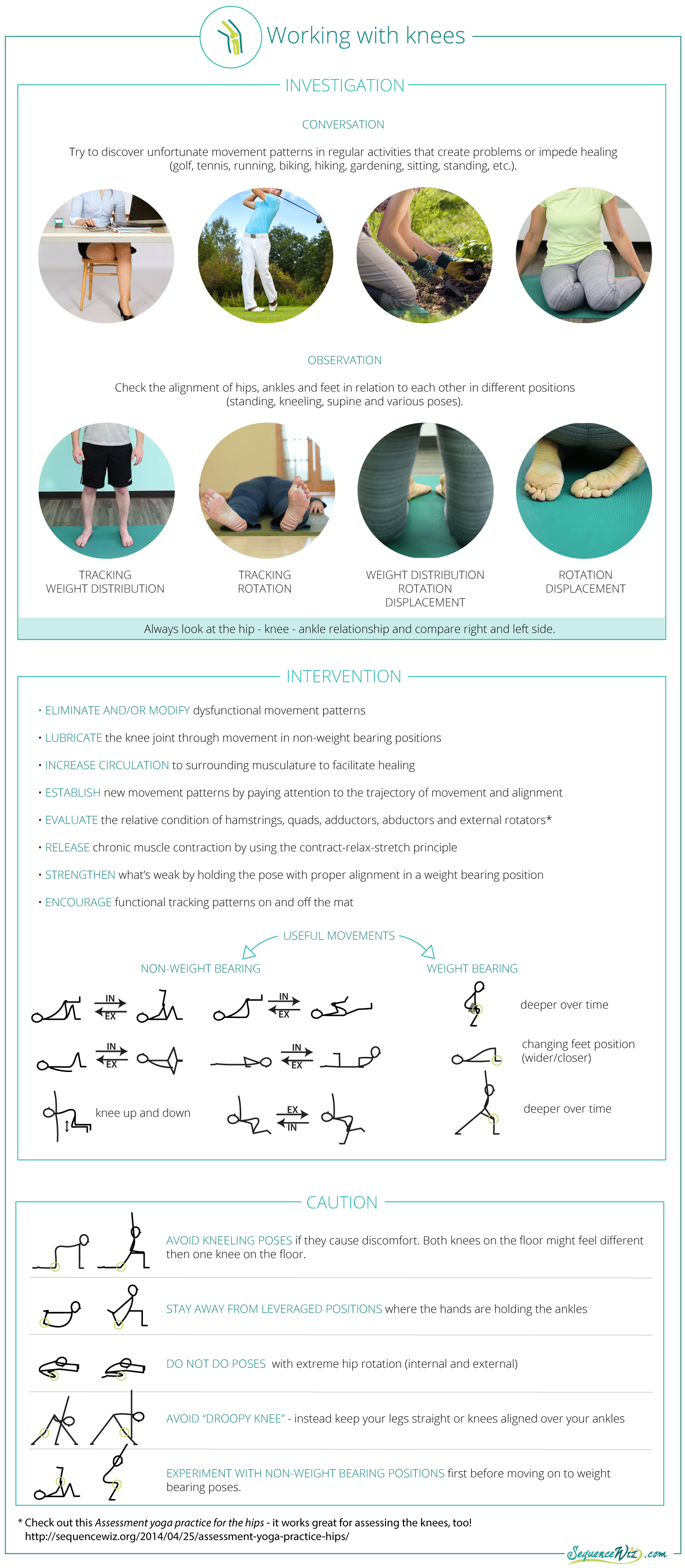 * You can use this Assessment yoga practice for the hips to evaluate the condition of the muscles that support your knees. Next week we will feature a full-length yoga practice designed specifically for the knees. Tune in!
* You can use this Assessment yoga practice for the hips to evaluate the condition of the muscles that support your knees. Next week we will feature a full-length yoga practice designed specifically for the knees. Tune in!
Sequence Wiz members will get this infographic as a pdf handout on Friday.
After logging in to your account, go to Forms/Handouts.
Learn more about Sequence Wiz membership>


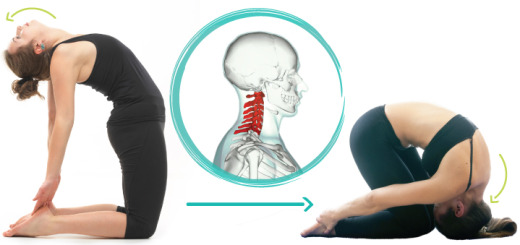
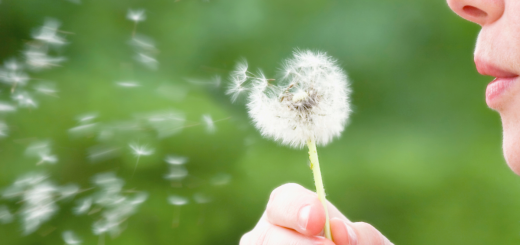

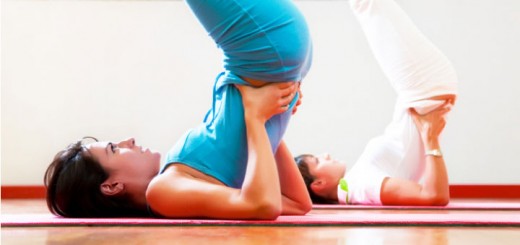

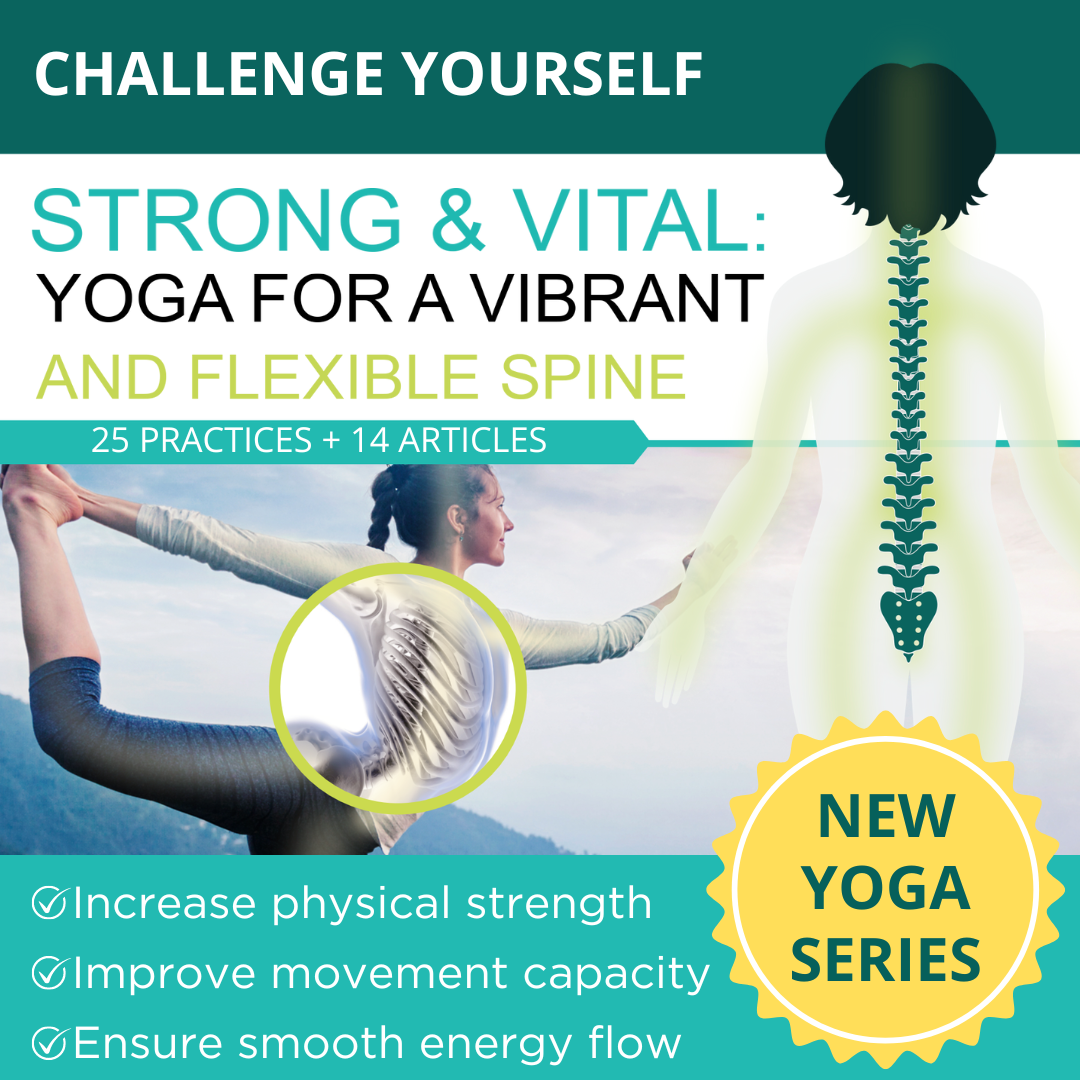
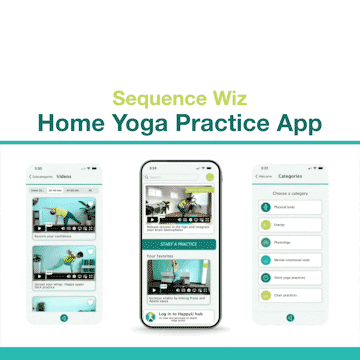
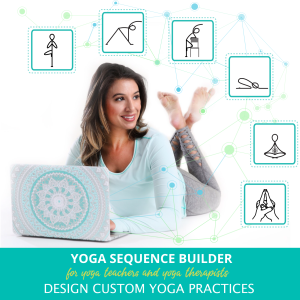


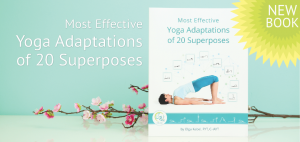
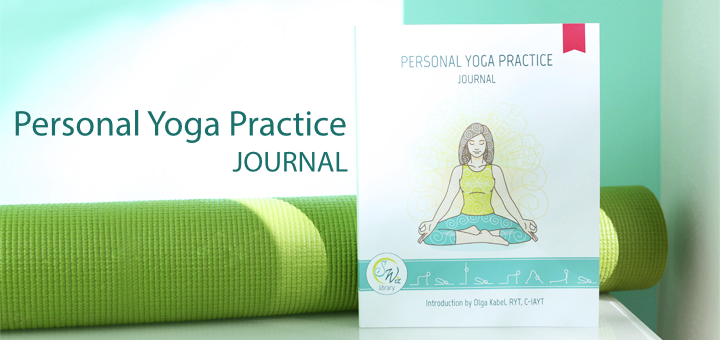
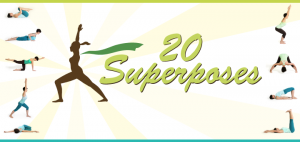

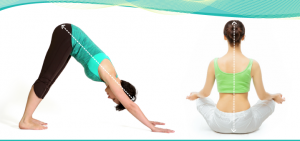


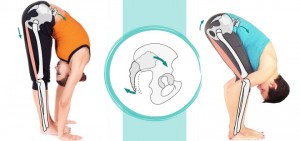
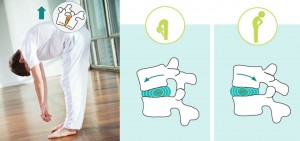
This is wonderful!